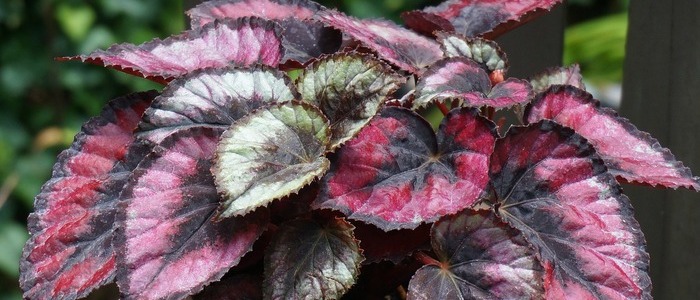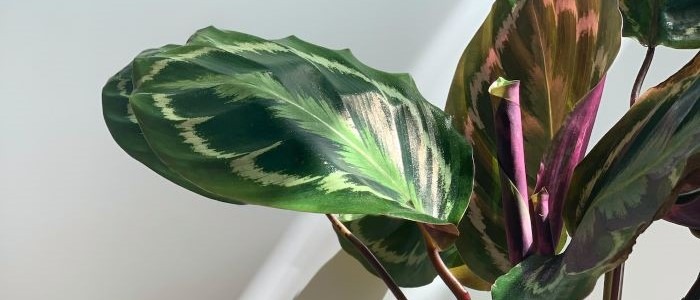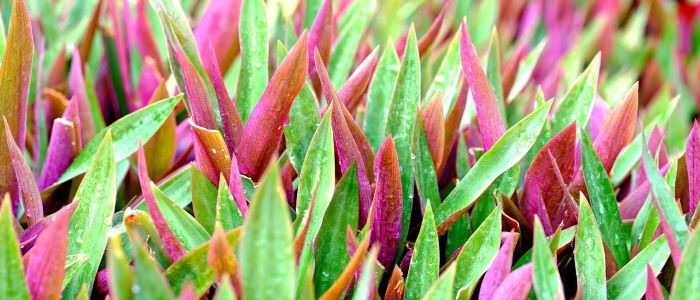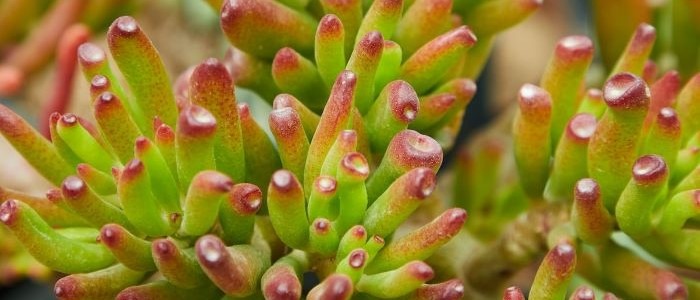If you’re looking for a stunning houseplant that is sure to add a touch of exotic flair to your home, look no further than the stromanthe plants! This beautiful tropical plant has become increasingly popular in recent years, and it’s easy to see why.
With their vibrant foliage that comes in all sorts of shapes and sizes, stromanthe are not only eye-catching but low maintenance too! From helping to purify the air in your home to being a great way to add a little green and tropical vibes to any space, there’s no denying that stromanthe make a fantastic houseplant.
In this article, we’ll explore why this gorgeous plant should be on your wish list and give you all the tips you need to care for them at home. So if you’re looking to add a little tropical flair to your space, read on!

Stromanthe Plants Frequently Asked Questions
How often should you water Stromanthe plants?
The frequency of watering a Stromanthe plants depends on various factors such as the temperature, humidity, and size of the pot. As a general rule, the plant should be watered when the top inch of soil feels dry to the touch. Overwatering can lead to root rot, so it is important not to let the plant sit in standing water.
How large do Stromanthe plants get?
Stromanthe plants can grow up to 3-4 feet tall and 2-3 feet wide, making them a great statement plant for any room. However, their growth can be stunted if they are kept in a small pot or if they do not receive enough sunlight. It is important to repot the plant every 1-2 years and to provide it with enough space to grow.
Tips On How to Care for Stromanthe Plants
The Stromanthe plant is a great choice for anyone looking to add some tropical vibes into their home. To keep your Stromanthe healthy and happy, here are a few care tips:
– Light: They need bright indirect light and should be kept away from direct sunlight.
– Watering: Water often enough to keep the soil lightly moist, but not soggy. Stromathes are sensitive to overwatering and can easily suffer from root rot.
– Humidity: Stromathes need higher humidity levels than most other houseplants. Mist frequently or use a pebble tray with water beneath the pot.
– Fertilizing: Stromathes need regular fertilization during the growing season. Use a balanced, water-soluble fertilizer about once a month at half strength.
By following these simple care tips, you can keep your Stromanthe healthy and thriving for many years to come!
Methods for Propagating Stromanthe Plants
Stromanthe plants are fairly easy to propagate. The best methods for propagating the plant is through stem cuttings or division. To take stem cuttings, simply snip off a healthy part of the stromanthe and remove any lower leaves. Put the cutting in water or directly into soil — whichever you prefer — and watch it take root.
Division is also a great way to propagate your stromanthe. When separating, make sure each cutting has some roots attached — that will ensure the best success rate. Plant them into containers filled with moist soil and they’ll soon grow new leaves.
What are the key points when caring for a stromanthe? Stromanthe plants prefer bright, indirect sunlight and moist soil. Fertilize your plant once every two weeks in the spring and summer with a liquid fertilizer to keep it vibrant and healthy.
The soil should be well-draining as standing water can cause root rot or disease. Lastly, don’t forget to give your plant a good drink every now and then. With the right amount of love and care, your stromanthe will soon be flourishing!
Tips for Pruning Stromanthe Plants
When pruning the Stromanthe plants include using sharp, clean shears to make clean cuts and avoiding pruning during the winter months when the plant is dormant. It is also important to only remove dead or damaged leaves and stems, and to avoid cutting into healthy green foliage.
When pruning, be sure to make cuts at a 45-degree angle just above a node or leaf. This will encourage new growth and prevent the plant from becoming too leggy.
Additionally, it is a good idea to sterilize your pruning tools between cuts to prevent the spread of disease.
1. Remove dead or dying leaves – Prune off any dead or dying leaves from your Stromanthe plant to encourage new growth.
2. Trim back straggly stems – If you notice that the stems of your Stromanthe plant are getting too long, trim them back to keep the shape of the plant more compact.
3. Cut away leggy branches – If you notice that some of the branches are getting too leggy, it’s best to cut them away. This will encourage new growth in the area.
4. Cut off any damaged or diseased stems – If there are any stems on your Stromanthe plant that have been affected by disease or damage, they should be cut off.
5. Prune away any old flower stalks – If you notice that your Stromanthe has any old flower stalks, you should prune them away to encourage new growth.
Common Problems when Growing Stomanthe Plants
When it comes to growing the Stomanthe plant, one of the most common problems is choosing a spot for it in your garden. The Stomanthe requires full sun and well-draining soil that’s rich in organic material. In addition, water them frequently but be careful not to over-water or let the soil stay too wet. You also need to provide adequate humidity Stromanthe plants need high humidity levels to thrive, so be sure to mist the leaves regularly using a spray bottle filled with water. You can also place a humidifier near the plant to keep the air around it nice and moist.
Another common problem is pests and diseases. Stomanthe plants are susceptible to aphids, whiteflies, spider mites, mealybugs, and root rot. If you notice any of these problems on your plant, take action quickly in order to keep them under control. The best way to do this is by using a combination of natural remedies and careful monitoring.
Qverall, with the right growing conditions and proper maintenance, Stomanthe plants can be a great addition to your garden!
Conclusion
Taking care of the Stomanthe plant can be tricky, but with regular watering and trimming, plus ensuring it gets plenty of light, you should be able to keep your Stomanthe in great condition for years to come.
With its beautiful foliage and bright colors, the Stomanthe plant is sure to make a bold impression in any interior space. So if you’re looking for a unique and eye-catching houseplant, then the Stomanthe might just be the perfect option for you. Happy gardening!
Other Multi-color Houseplants













